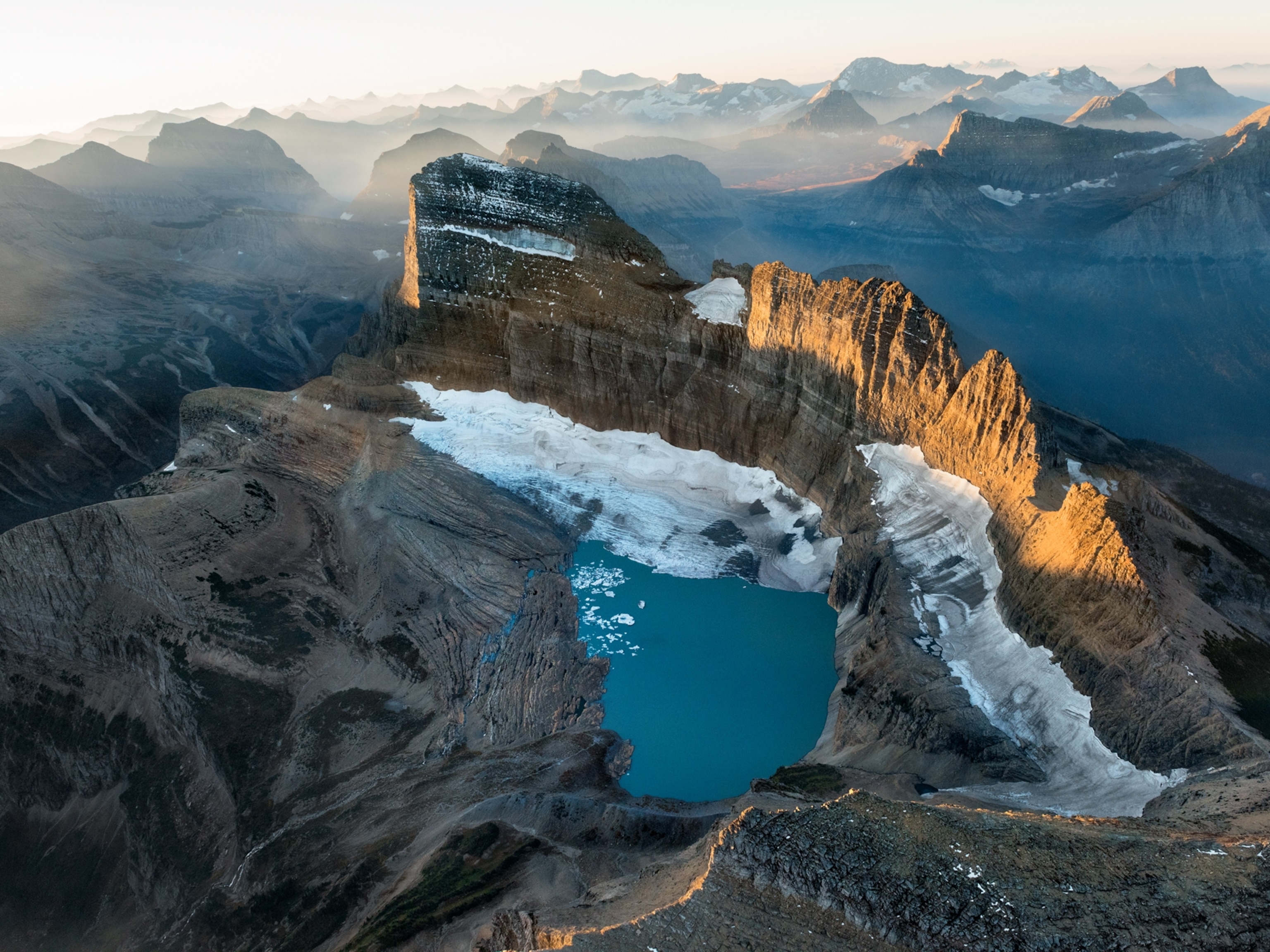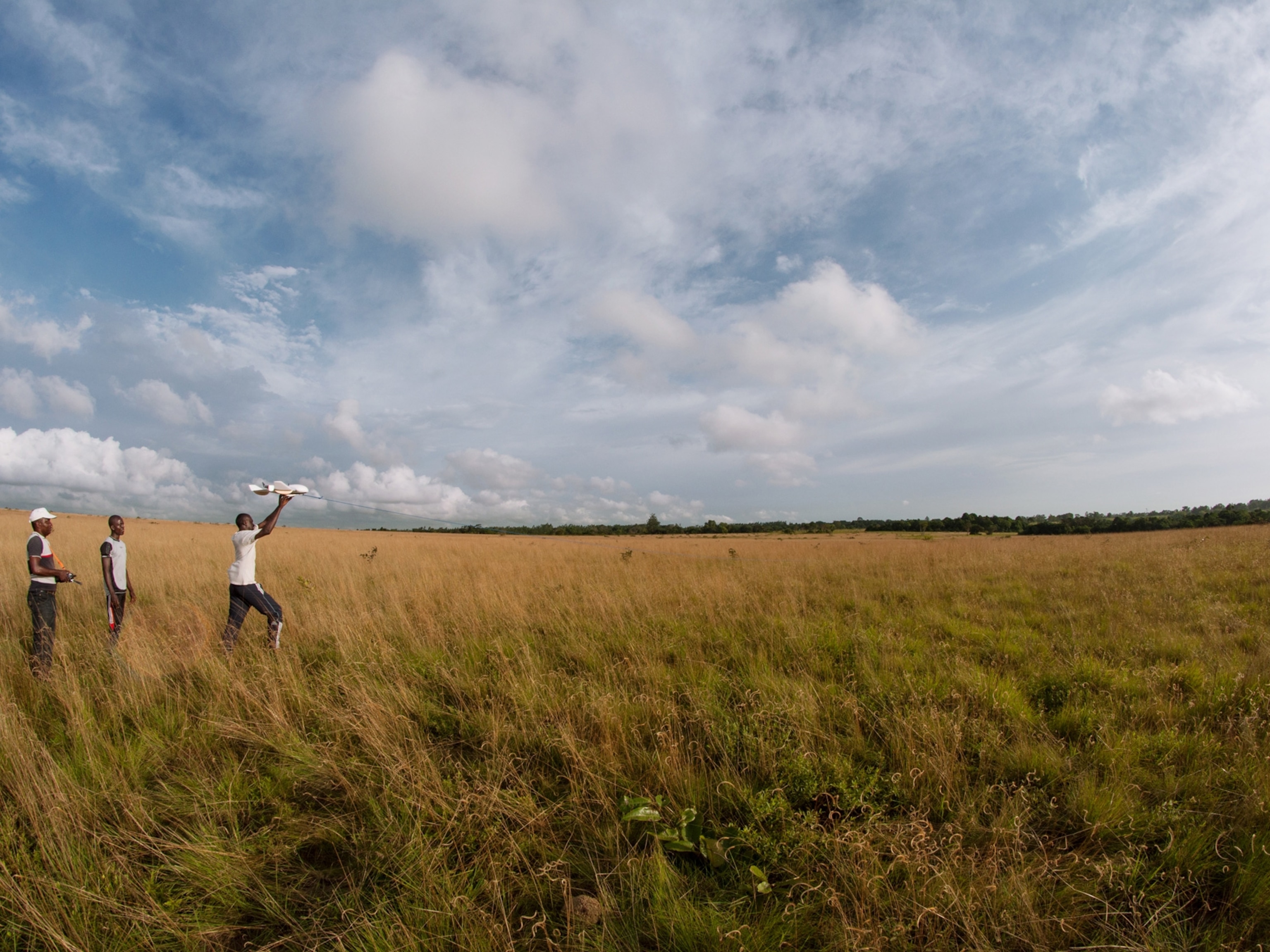
Exiled by the Environment
In the winter of 2009-10, Mongolia’s characteristically harsh climate became too much even for its native animals. About eight million cattle died, and the country experienced what could be described as a crash in the livestock market. Thousands of herders lost everything.

When photographer Alessandro Grassani read about that devastating winter, now known as the White Death, he decided that the story of people affected by extreme and unpredictable weather was too common to go unexamined. On a trip to Mongolia he documented the “before and after”—people struggling to stick it out in rural areas and people who had already lost everything and fled to the capital, Ulaanbaatar, where almost half of 1.3 million residents live in crowded, informal settlements.

Sharing the plight of environmental migrants—people who have to flee their land because of dramatic and devastating changes in the environment—became an obsession for Grassani. He traveled on to Bangladesh, Kenya, and Haiti, each a country dealing with a unique climate crisis, each with a group of people cast off of their land, away from their traditions, and into crowded urban centers.



In Mongolia, it’s extreme cold. In Bangladesh and Haiti, it’s floods and rising sea levels, in Kenya desertification and tribal clashes over the control of water. These situations cast people out of a newly uninhabitable countryside and into poor living conditions in the “booming slums” of capital cities, which Grassani calls “ground zero for environmental migrants today.”

This isn’t an issue that’s going to go away. The International Migration Organization says that most studies estimate there will be 200 million people in this situation by 2050. While environmental migrants aren’t recognized by international law like refugees of war, Grassani, who has photographed both war and climate change, draws parallels between the issues:
“Man is responsible for both of them. In both cases people suffer because they lose their villages, their lands, and their families. It doesn’t matter if it is a bomb which destroys and kills your family or if it is a hurricane, flood, or drought that force you off your land and kill your child because there is no water to drink and nothing to eat. The only difference is that we can’t fight against nature—we have already lost this war if we don’t react very soon.”



Grassani doesn’t believe the climate migrants he’s met will be able to return to their homes. The places he’s working in, he says, “don’t have the resources to invest in alternative development policies in the areas hit by climate change.”
But despite dismal projections, he continues exploring these tragedies, and, like a visual prophet, sharing them with the world in the hopes that people will see and react. After all, he has a daughter who is almost two years old. “I often think about what the world will be like when she becomes an adult, and of course I worry about it,” he says. “This project is my own contribution to our society. This is my reaction. This is what I am able to do to awaken consciences.”
Go Further
Animals
- Octopuses have a lot of secrets. Can you guess 8 of them?
- Animals
- Feature
Octopuses have a lot of secrets. Can you guess 8 of them? - This biologist and her rescue dog help protect bears in the AndesThis biologist and her rescue dog help protect bears in the Andes
- An octopus invited this writer into her tank—and her secret worldAn octopus invited this writer into her tank—and her secret world
- Peace-loving bonobos are more aggressive than we thoughtPeace-loving bonobos are more aggressive than we thought
Environment
- Listen to 30 years of climate change transformed into haunting musicListen to 30 years of climate change transformed into haunting music
- This ancient society tried to stop El Niño—with child sacrificeThis ancient society tried to stop El Niño—with child sacrifice
- U.S. plans to clean its drinking water. What does that mean?U.S. plans to clean its drinking water. What does that mean?
- Food systems: supporting the triangle of food security, Video Story
- Paid Content
Food systems: supporting the triangle of food security - Will we ever solve the mystery of the Mima mounds?Will we ever solve the mystery of the Mima mounds?
History & Culture
- Strange clues in a Maya temple reveal a fiery political dramaStrange clues in a Maya temple reveal a fiery political drama
- How technology is revealing secrets in these ancient scrollsHow technology is revealing secrets in these ancient scrolls
- Pilgrimages aren’t just spiritual anymore. They’re a workout.Pilgrimages aren’t just spiritual anymore. They’re a workout.
- This ancient society tried to stop El Niño—with child sacrificeThis ancient society tried to stop El Niño—with child sacrifice
- This ancient cure was just revived in a lab. Does it work?This ancient cure was just revived in a lab. Does it work?
Science
- The unexpected health benefits of Ozempic and MounjaroThe unexpected health benefits of Ozempic and Mounjaro
- Do you have an inner monologue? Here’s what it reveals about you.Do you have an inner monologue? Here’s what it reveals about you.
- Jupiter’s volcanic moon Io has been erupting for billions of yearsJupiter’s volcanic moon Io has been erupting for billions of years
- This 80-foot-long sea monster was the killer whale of its timeThis 80-foot-long sea monster was the killer whale of its time
Travel
- How nanobreweries are shaking up Portland's beer sceneHow nanobreweries are shaking up Portland's beer scene
- How to plan an epic summer trip to a national parkHow to plan an epic summer trip to a national park
- This town is the Alps' first European Capital of CultureThis town is the Alps' first European Capital of Culture
- This royal city lies in the shadow of Kuala LumpurThis royal city lies in the shadow of Kuala Lumpur




